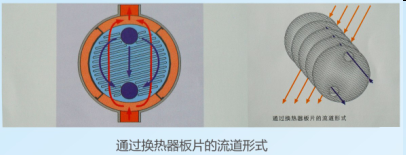
Plate and shell heat exchangers absorb the advantages of plate heat exchangers and make up for the shortcomings of shell and tube heat exchangers;
The shape of the heat transfer plate is elliptical or round, and the heat transfer mode is pure reverse flow;
This product is suitable for high temperature and high pressure conditions, the sealing gasket erosion of the fluid heating or cooling;
It is an efficient, compact and all welded heat exchanger in the new heat exchanger.
Internal structure of plate and shell heat exchanger:
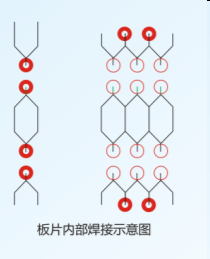 ♦ Plate and shell heat exchanger consists of two parts: internal welding plate bundle and outer shell.
♦ Plate and shell heat exchanger consists of two parts: internal welding plate bundle and outer shell.
♦ The internal structure is composed of a group of metal circular corrugated heat exchange plate by welding, proprietary, welding forming flexible interval one by one heat exchanger channel beam welding plate, corrugated plates have many contacts, honeycomb structure plate bundle.
♦ The outer housing is a circular shell designed and manufactured in accordance with the pressure vessel.
♦ Plate internal welding into the external cylindrical shell, with both sides of body structure of the heat exchanger formed in the inlet and outlet flange.
◆ High coefficient of heat transfer
1, the heat transfer plate is wavy, which can produce low Reynolds number turbulence.
2、The total heat transfer coefficient is 4~5 times that of the shell and tube heat exchanger3000~6000kcal/m²·k。

◆ High pressure, safe and reliable
Because between the board and the board and the shell adopts full welding sealing structure, no rubber gasket design, it can satisfy the stability and process related strict requirements for specific solutions to the design of heat exchange plate is welded on the shelf, and installed on the all welded pressure vessels; this design can not only ensure the compression principle has a high heat exchanger, but also to ensure the sealing performance, the maximum working pressure can reach 80bar; to ensure that our equipment can meet the stringent requirements of customers, plate heat exchanger products in the market before the test and field test has been strict; structure of rubber gasket and non copper brazing, in strong thermal and mechanical loads, no leakage and burst; in the heat exchanger manufacturing process, we set goals that are of the highest quality, its design standard Far more than the needs of customers; completely welded plate manufacturing and unique protective shell can not only prolong the service life of the product, and customers and the environment are very safe; our products are the industry user license, this point confirmed the products all over the world in many fields are to be accepted; ISO9001 quality management system and automation production equipment to have full confidence in product design and quality.
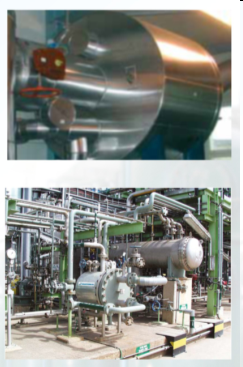 ◆ High temperature resistance, multi material selection
◆ High temperature resistance, multi material selection
1、Adopt more advanced metal full welding process seal, no rubber gasket design.
2、The selection of various metal and alloy sheets, the working temperature is 600 degrees centigrade and the maximum is 900 centigrade.
3、Shell material: carbon steel, AISI304, AISI316L, Titanium, Hastelloy, SMO254, AISI904L, Duplex2205.
4、Sheet material: AISI304, AISI316L, Titanium, Hastelloy, SMO254, AISI904L, Duplex2205, Nickel.
◆ Easy installation
1、Shell and plate heat exchangers are small in size and light in weight, and can replace large traditional shell and tube heat exchangers.
2、Most of the shell and tube heat exchangers can only be installed at the ground level and occupied a lot of valuable space limitations.
3、The utility model can be directly installed on the top of the tower or the elevation position of the higher equipment, and no special steel structure and supporting foundation are needed.
4、The connection pipe and ground space between the outlet of other connecting devices can be saved so as to save money and make the whole system more light, compact and reasonable.
◆ Unique structure anti vibration
1、The inner plate bundle of plate and shell heat exchanger is a kind of honey flexible structure welded by circular corrugated plate. The stress distribution is uniform, and the inner plate and beam are welded and non rigid welded.
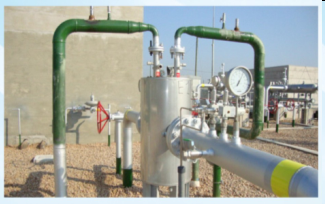 2、This unique structure allows the plate and shell heat exchangers to withstand very high pressures and high or low temperatures.
2、This unique structure allows the plate and shell heat exchangers to withstand very high pressures and high or low temperatures.
3、It has been proved in the application that the shell and plate heat exchanger structure can effectively withstand thermal shock and thermal shock due to the rapid temperature difference.
◆ Low fouling and low maintenance cost
1、The shell and plate heat exchanger replaces the traditional shell and tube heat exchanger with simple maintenance and low cost, and greatly reduces the time of shutdown and maintenance of the original heat exchanger.
2、Maintenance of tube shell heat exchanger, at least once a year to open the leak detection and cleaning time, and complete this repair, each heat exchanger will take a week, and requires a large amount of extra space, to ensure that the tube is not in contact with other equipment.
3、Plate and shell heat exchangers are cleaned with very simple local chemical cleaning or mechanical cleaning, so that operation can be completed within 1 days.
4、Due to the selection of anticorrosive material, the possibility of leakage due to corrosion is greatly reduced.
5、Plate type heat exchanger due to the increased flow of heat exchanger corrugated wall shear stress, the liquid flow ripple, the fouling rate decreased, thus reduce the corrosion of the material.
6、The utility model can reduce the service stoppage time and shorten the overhaul period, and the result is that the maintenance labor cost is reduced, and the operating period of the device is prolonged, thereby improving the economic benefit.
 ◆ High economic efficiency
◆ High economic efficiency
1、The price is lower than the shell and tube heat exchanger, and the volume is about 1/4 of the shell and tube heat exchanger. The utility model has the advantages of high efficiency and compactness, and reduces the installation space and the weight of the equipment.
2、Due to the use of all welded structures, no changes are needed and maintenance costs are minimized.
3、The heat exchange area of the heat exchange area is equivalent to the traditional 300m - shell type design of plate type heat exchanger 1m fand volume can provide the.
4、300m - tube heat exchanger of the space occupied by at least 5m fand, in order to be able to pull out tube cleaning, large amount of extra space is needed.
5、Shell and plate heat exchanger has the advantages of low investment, low maintenance cost, less material consumption and less space occupation.
◆ Washable
The shell of plate and shell heat exchanger can adopt both full welding form and flange connection mode which is easy to wash by hand.
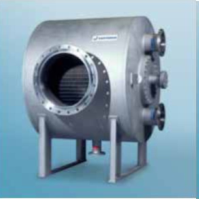
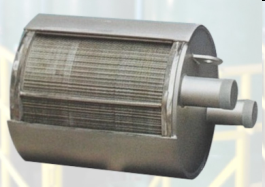
chemical industry: ED/EG heat exchangers, VOC condensers, high temperature and high pressure heat recovery units, fatty acid cooling, alkali cooling, acid cooling, sulfuric acid cooling, organic chemicals, detergents and paint cooling;
HVAC:District heating, fast boiling water heating, air-conditioning equipment, cooling and heating equipment, steam heaters, living hot water;
shipbuilding:HFO (fuel) heater, steam heater, oil heater, vacuum condenser;
Freezing:Evaporator, condenser;
circulating water:Kerosene, gasoline, diesel oil cooling, salt solution cooling, alcohol cooler, chlorine drying;
Oil and gas production:TEG system heat recovery, crude oil dehydration and desalination system, steam recovery unit cooler, liquid gas fractionation system, gas desulfurization, acid treatment, rich and poor liquid cooler, crude oil preheating;
coking:Cooling off benzene oil and heating benzene oil;
Pharmaceutical and food industry:Preparation, gas condensation, solvent recovery, infusion cooling, heating and cooling of cooking oil.
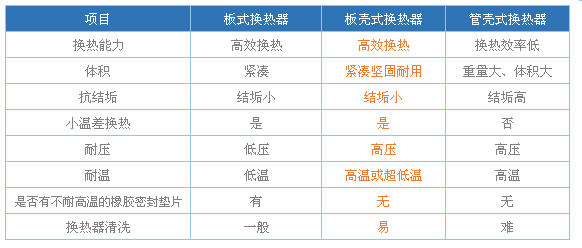
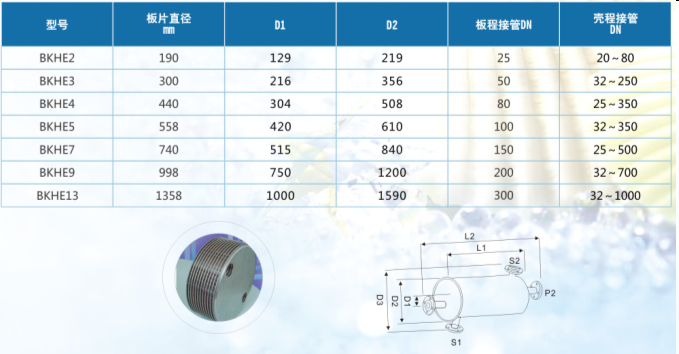
Company Tel:
020-86099023 | 86098701 | 86098693
020-86097959 | 86096463 | 86099617
 24-hour Serivce Tel:02086099023
24-hour Serivce Tel:02086099023
Address: Jiahe,Baiyun district,Guangzhou
